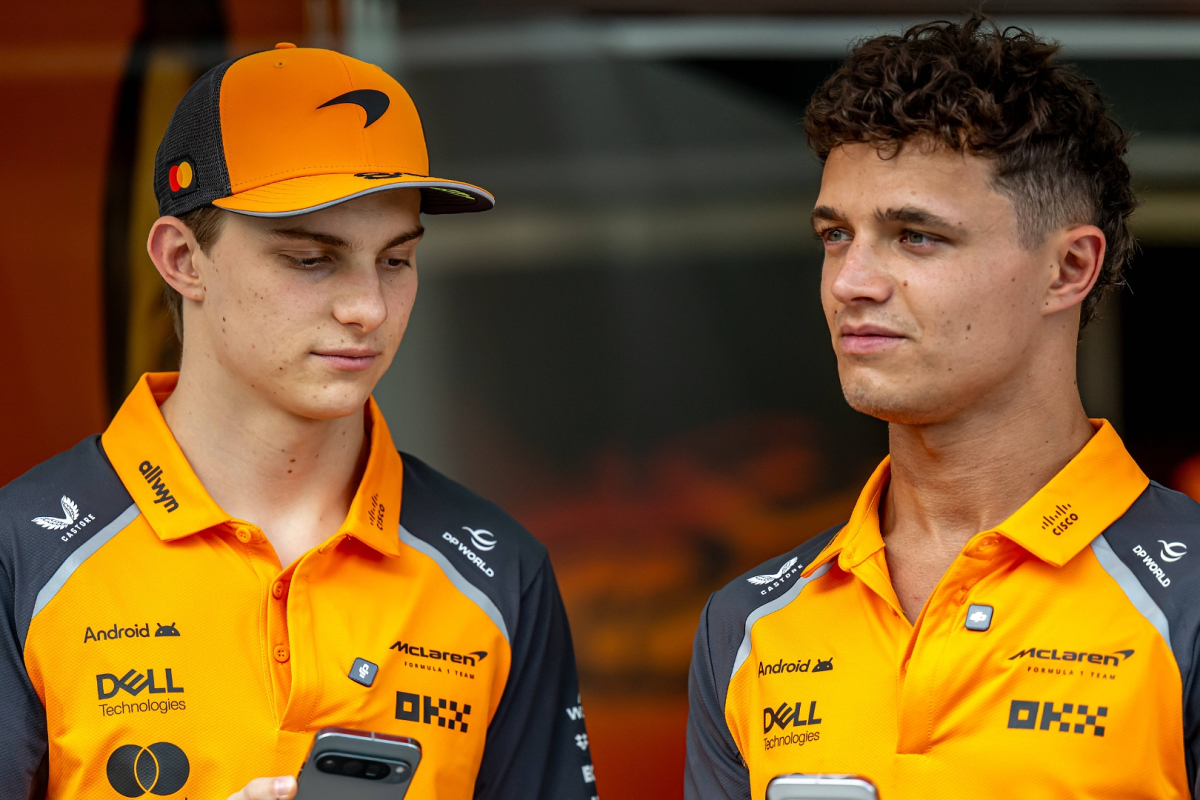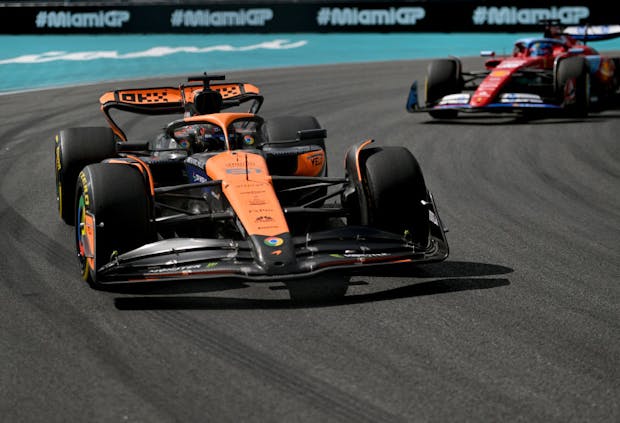Red Bull’s RB21: A Game-Changer or..read more
As the 2025 Formula 1 season kicks off in Australia, Red Bull is making waves with a bold new approach to their RB21. After a season of highs and lows with the RB20, the team is shifting its philosophy—not just chasing raw performance but making their car easier to handle, a move that could redefine their dominance on the grid.
Technical director Pierre Waché has revealed that Red Bull is taking an “all-in” approach to the new car, prioritizing driveability over sheer peak performance. This marks a departure from the aggressive setup philosophy of past years, as the team looks to create a more adaptable and stable platform for both Max Verstappen and his new teammate, Liam Lawson.
“It’s not as simple as just reducing peak downforce,” Waché explained in an exclusive interview with PlanetF1.com. “The car’s characteristics involve multiple factors—downforce, suspension, and kinematics. The goal is to create a more predictable car, which will give drivers more control.”
Verstappen, the reigning world champion, has already expressed mixed feelings about the RB21. While he enjoys driving it, he’s also admitted that unlocking its full potential will take time. In Bahrain testing, the car showed promise, but questions remain about whether it’s ready to secure victory in Melbourne.
One of the key motivations behind this design shift stems from the challenges Verstappen faced last season. Despite being one of the most naturally gifted drivers on the grid, he found himself pushing the RB20 to its absolute limits. Waché acknowledges that even with Verstappen’s extraordinary skill, the previous car’s razor-thin operating window made it difficult to extract consistent performance.
“The driver is part of the system,” Waché said. “But if you have a car with a flatter performance curve, it doesn’t matter how the driver handles it—it becomes easier to manage. We pushed Max to his limits last season, and now we’re making the car more adaptable.”
This change could prove to be a lifeline for Red Bull’s second driver. In 2024, Sergio Perez struggled with the unpredictability of the RB20, which ultimately cost him his seat. Now, with Liam Lawson stepping into the role, Red Bull is keen to give him a machine that doesn’t demand superhuman precision to extract performance.
“It will help the second driver—whether that’s Liam or Checo—because a more balanced car gives them a better foundation to work from,” Waché continued. “Last year, the setup was largely dictated by the car’s peak characteristics. This season, the focus is on giving the drivers the ability to fine-tune it to their style.”
The Australian Grand Prix will provide the first true test of Red Bull’s radical new philosophy. If the RB21 delivers on its promise, it could cement Verstappen’s reign at the top while allowing Lawson to thrive. But if the car sacrifices too much raw pace in pursuit of stability, Red Bull could find themselves on the back foot in an increasingly competitive field.
All eyes will be on Melbourne as Red Bull’s high-stakes gamble plays out on the track. Will the RB21 prove to be a masterstroke or a miscalculation? The season opener will offer the first clues.




